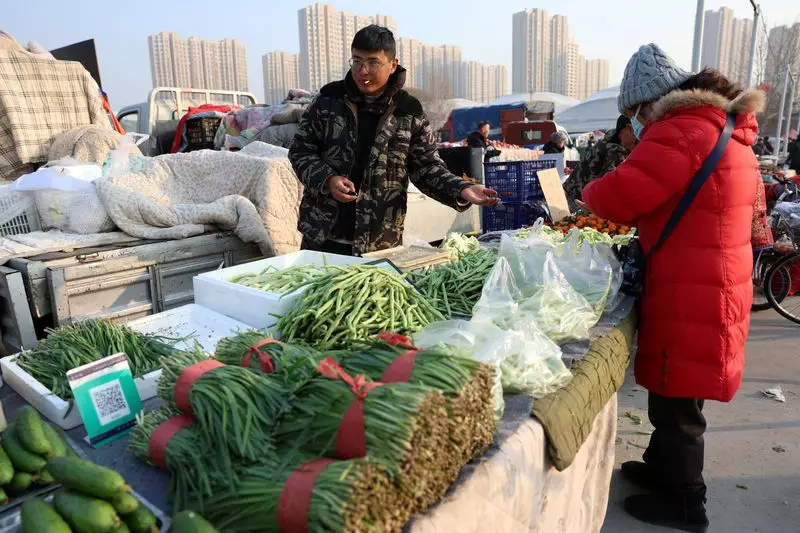In October, China’s consumer price index (CPI) revealed a notable deceleration, rising merely 0.3% year-on-year—the slowest growth recorded in four months. This figure marks a decline from September’s meager 0.4% increase and indicates a broader trend of falling consumer demand, as highlighted by recent data from the National Bureau of Statistics. Despite these figures, the authorities in Beijing are increasing their efforts to stimulate the economy. A 10 trillion yuan ($1.4 trillion) stimulus package was approved by the National People’s Congress to alleviate the burdens of local government ‘hidden debts.’ However, this package has drawn skepticism from analysts who argue that it will do little to invigorate demand or reverse economic stagnation in the short term.
The latest CPI uptick clearly demonstrates underlying economic challenges, underscoring a persistent deflationary period that China’s leadership is striving to counteract. Moreover, while the core inflation rate (which excludes food and energy prices) saw a slight increase of 0.2%, the broader picture remains grim, casting doubts on the effectiveness of government policies intended to boost consumption.
Despite the urgency reflected in recent stimulus announcements, concerns linger regarding their potential effectiveness. Instead of injecting substantial funds directly into the economy, the government’s approach leans toward dealing with structural issues—indirectly aiming to manage local government debts while avoiding immediate impacts on consumer spending and investment. This reluctance to enact aggressive fiscal measures has left many investors feeling underwhelmed and uncertain about future economic prospects.
Finance Minister Lan Foan’s remarks about forthcoming tax reforms for the housing market and accelerated bank recapitalization efforts hint at a slowly evolving strategy. Yet, some experts speculate that China’s leadership might be holding back certain economic strategies, waiting for potentially favorable political changes abroad, particularly with the approach of a new U.S. presidential term. Such deliberations raise critical questions: Will the government’s gradual policy shifts be able to catalyze the economic recovery that citizens desperately need?
Compounding these challenges is the reality facing consumers in China. Roughly 70% of household wealth is concentrated in the beleaguered real estate sector, which once constituted about a quarter of the national economy. The sluggishness within this sector has caused households to adopt a conservative spending approach. As individuals grow wary of their financial stability, consumer confidence diminishes, ultimately contributing to deflationary pressures. In October, month-on-month CPI experienced a decline of 0.3%, primarily driven by falling food prices—an alarming trend that analysts warn may persist.
Looking ahead, Goldman Sachs forecasts that consumer inflation will hover around a paltry 0.8% next year, while stage recovery for producer prices may not occur until the third quarter of 2025. Producer prices have already suffered substantial declines, sliding 2.9% on a year-over-year basis and marking the most significant loss in 11 months. The deterioration in sectors like petroleum extraction, coal processing, and automobile manufacturing signals heightened vulnerabilities within the economy.
Despite the immediate pressures, some economists express cautious optimism. The expectation is that improved counter-cyclical policies could eventually foster greater consumption and investment momentum over time. Zhou Maohua, a macroeconomic researcher, posits that better-than-expected policies might enhance economic activity. However, the recognition that current measures may not sufficiently address immediate issues is critical.
China stands at a pivotal juncture where the interplay of government policy, consumer sentiment, and global economic factors will determine its economic trajectory. While notable efforts are being made to stabilize the economy, the effectiveness of these measures remains questionable. If the government can successfully stimulate demand and navigate through the complexities of local governmental debts, a pathway toward recovery may emerge. Yet, a climate of caution envelops the landscape, as uncertainties loom large on the horizon.

